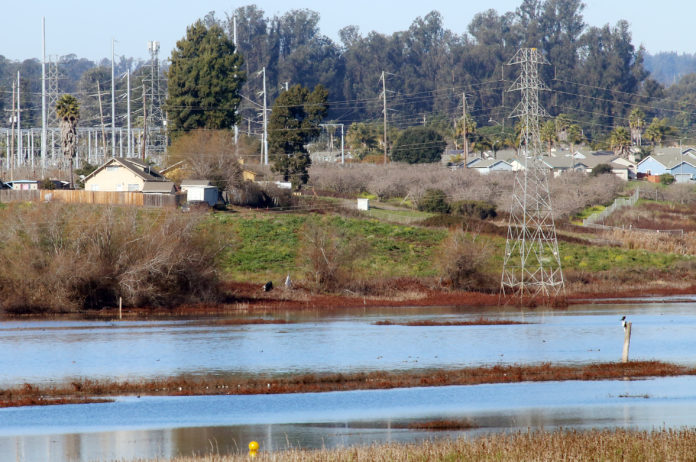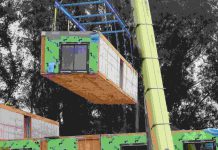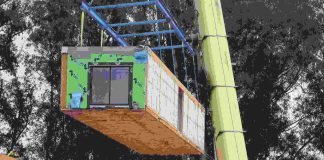
A new battery storage facility slated for a lot on the outskirts of Watsonville has some residents on edge after a Jan. 16 fire at the Moss Landing Power Plant, which sent a thick column of black smoke into the air and closed Highway 1 and several schools.
But the technology and the safety systems at the Moss Landing battery storage facility were outdated, and significantly different from the one planned for 90 Minto Road.
That was the message from Max Christian, project lead for New Leaf Energy, the Massachusetts-based company that will build the facility.
The new project—named Seahawk—will use lithium phosphate batteries housed in steel cases, each with their own fire suppression system, and will automatically shut off if they overheat.
The project will also follow the provisions of Senate Bill 38, a state law that requires battery storage facilities to have detailed emergency action plans.
Moss Landing used older-model lithium-ion batteries that were stored in a large, open-air warehouse, and therefore more susceptible to fire, Christian said.
“What happened at Moss Landing was a failure, and should never happen again,” he said.
The $200 million Seahawk project is far from becoming reality. New Leaf Energy submitted a conditional use permit application to the county in December, and Christian said it will likely not go to the Santa Cruz County Board of Supervisors for approval for at least one year.
If it is approved, the project could start construction around 2027, and will not be completed until 2029. That’s because the local power grid requires upgrades to help connect it to the state’s system, Christian said.
But that timeline will give the company more time to incorporate new and evolving technology, he said.
“We think that our design is much safer, much more stable from the chemistry and has far better mitigation in terms of thermal runaway events with the containerized system and fire suppression on board than what we had in the first generation of batteries, such as the warehouse phase at Moss Landing,” he said.
The facility will be placed on 16 acres of a 47-acre parcel directly adjacent to PG&E’s existing Green Valley Substation. The remaining land on the parcels is envisioned to be preserved as agricultural land, including existing farm buildings, through a long-term conservation easement.
Battery storage facilities are an essential component of green energy technology, since both solar and wind power do not produce energy at night.
The batteries take excess energy generated during the day from sources such as wind farms and solar, storing it for when it’s needed.
This system reduces the need for fossil fuels and helps the state meet its goals to use all clean energy by 2045, Christian said.
“Batteries are critical to that,” Christian said. “You’re not going to meet that with just wind or solar because they’re variable.”
Christian said the Seahawk project is being developed in collaboration with the Pajaro Valley Fire Protection District and Cal Fire.
Santa Cruz County Supervisor Kim De Serpa, whose district covers the area, declined to talk specifically about the project, since final approval rests with the board.
“I continue to monitor the situation closely in Monterey County,” she said of the Moss Landing incident. “I am in close communication with Supervisor Church and Assemblymember Addis. My mother and extended family and many friends are in Monterey County so I am of course very concerned about safety in our whole region.”











Todd you are an Idiot!
Tell me what source of energy do you need to mine lithium? A form of Fossil Fuel? How toxic and environmental is this? Why don’t you report this?
Amargado missed the point, how do you install a safe Lithium Battery installation?
It can be done by using fuses or circuit breakers to shut off the call that shorts out, and using carbon dioxide for the fire suppression system.
Key part of the sentence that I read is “ we THINK our design is much safer” you don’t know shit and you’re going off assumptions and I’m sure that they assumed everything was fine in moss landing Rt up until it wasn’t as well, same as Chernobyl at that rate, how about you keep toxic shit away from our farmland all together. I say we pull the people together from the community and fight this in every way we can tooth and nail. Do you want poisoned produce filling grocery stores? Do you want your kids growing up next to a potential wasteland of toxic fumes?